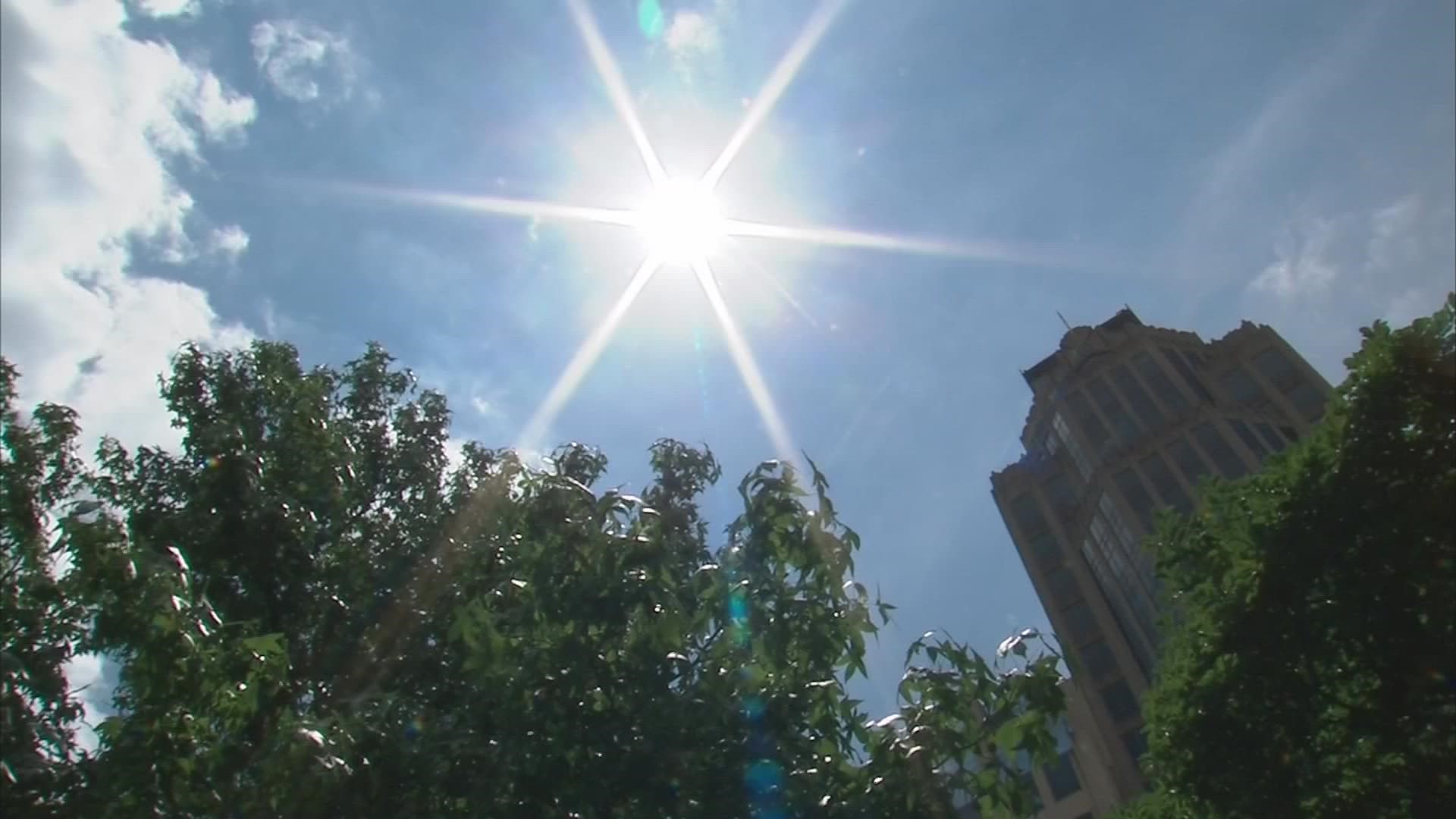COLUMBUS, Ohio — The National Oceanic and Atmospheric Administration and the World Meteorological Organization found that four of the key climate change indicators - sea-level rise, ocean heat, ocean acidification and greenhouse gases - set records in 2021.
As the world trending toward warmer temperatures over the past seven years, that leads to more extreme weather events, drought, wildfires and other major impacts.
According to the Mid-Ohio Regional Planning Commission's Sustainability Officer Brandi Whetstone, GHG emission levels dropped by more than 10% in 2020 due to the pandemic. This was the largest one-year drop on record. In 2021, there was an uptick in emissions when economic activities picked up again.
"The 2021 emission levels were still below 2019 so we are still seeing impacts from the pandemic," Whetstone said.


You can see the full report here.
A few of your summer activities may be contributing to the higher levels of greenhouse gases.
For example, the warmer weather and more summer travel could lead to heightened levels of ozone.
"Ozone is formed when pollutants from cars and other emissions react in the presence of heat and sunlight,” said Whetstone.
Whetstone suggests ways you can help reduce greenhouse gases and other pollutants in the warmer months.
"There are ways you can help by just changing your habits, like by turning off the lights and using LED lightbulbs which are way more efficient and last a lot longer too,” she said.
MORPC suggests taking a break from the A/C during the evenings, weather-proofing your home, switching to battery-powered lawn tools, and walking or biking more often.
You can find more information on Home Weatherization or sign up for Air Quality Alerts here.

